Home>Furniture>Kitchen Furniture>How Long Is A Keg Good In A Kegerator
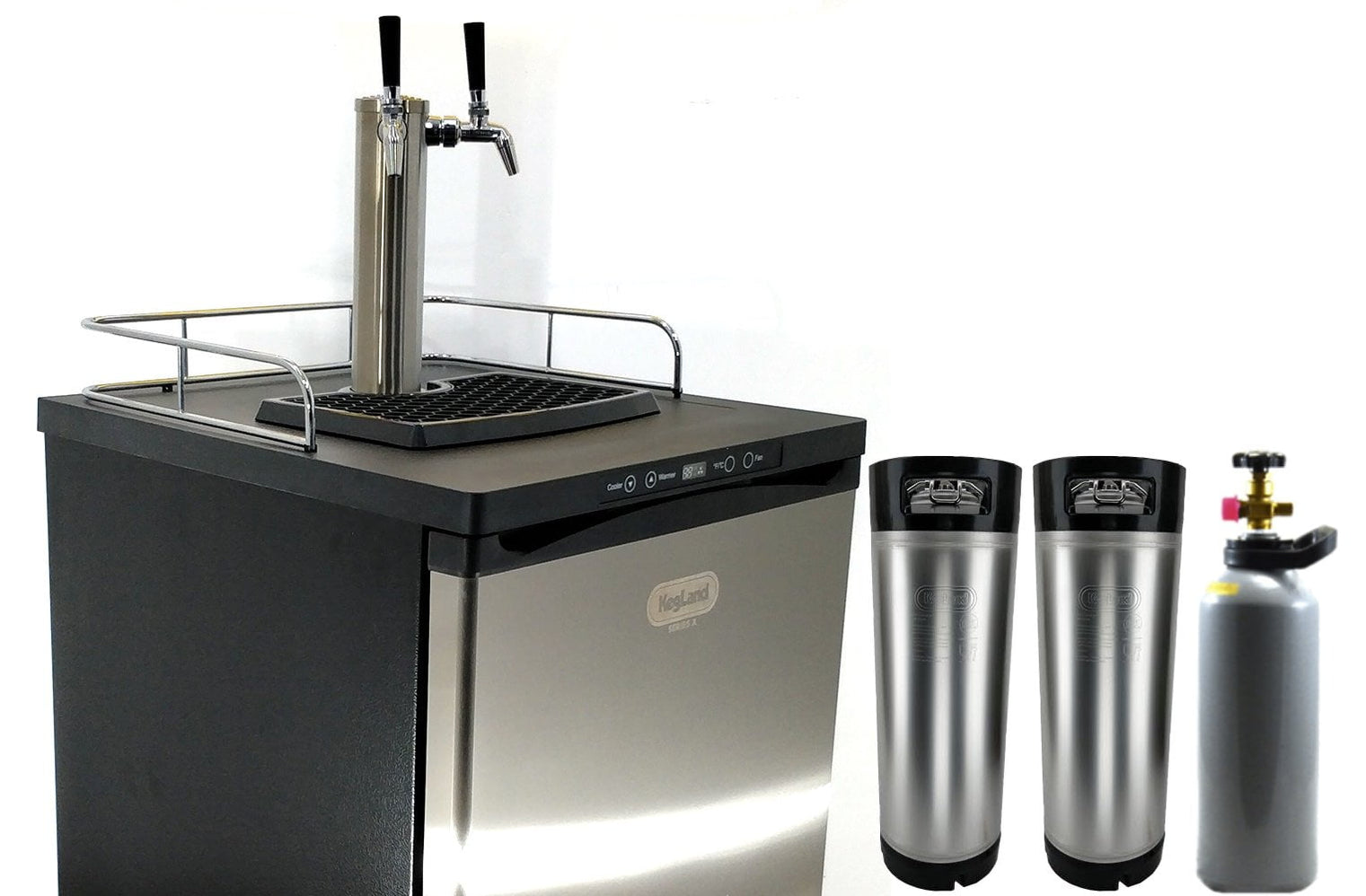

Kitchen Furniture
How Long Is A Keg Good In A Kegerator
Modified: March 19, 2024
Looking for articles on how long a keg stays good in a kegerator? Find all the answers and tips you need in our comprehensive guide.
(Many of the links in this article redirect to a specific reviewed product. Your purchase of these products through affiliate links helps to generate commission for Storables.com, at no extra cost. Learn more)
Introduction
Welcome to the world of kegerators! These unique appliances have revolutionized the way we enjoy and serve beer at home. Whether you’re a beer aficionado or simply love hosting gatherings, a kegerator can be a game-changer in terms of convenience and freshness of your favorite brews.
A kegerator, which is essentially a refrigerator specifically designed to store and dispense kegged beer, offers a one-of-a-kind experience. Imagine having a perfectly chilled, high-quality draft beer on tap right in your own home. No more trips to the store to buy individual bottles or cans, no more worrying about running out of beer during a party, and no more dealing with the hassle of bottle caps or messy cans.
But how long can a keg actually remain good in a kegerator? This is a question that many keg owners ponder. In this article, we will explore the factors that affect the shelf life of keg beer, recommended storage conditions for kegerators, signs of spoiled beer, and ways to extend the shelf life of your keg. So, let’s dive in!
Key Takeaways:
- Enjoy fresh, flavorful keg beer at home by maintaining ideal kegerator conditions: proper temperature, carbonation, cleanliness, and minimizing light and oxygen exposure.
- Regular cleaning and maintenance of your kegerator ensure optimal performance and safeguard the quality and taste of your keg beer for a consistently enjoyable drinking experience.
Read more: How Long Can Beer Stay Good In A Kegerator
Understanding the Concept of a Kegerator
A kegerator is a specialized appliance that combines a refrigerator and a beer dispensing system. It is designed to store, cool, and dispense kegged beer in a convenient and efficient manner. The kegerator’s main component is a refrigeration unit that keeps the beer at a consistent and ideal temperature for serving. The unit also includes components such as CO2 tanks, regulators, beer lines, faucets, and taps to ensure a smooth and controlled flow of beer.
The beauty of a kegerator lies in its ability to provide a continuous supply of fresh, carbonated beer from a keg. Instead of buying individual bottles or cans, which can be expensive and generate waste, you can simply connect a keg to the kegerator and enjoy your favorite beer on tap. This not only saves money in the long run but also allows you to experiment with different beer styles and flavors without committing to a whole case.
Kegerators come in various sizes and styles, ranging from compact countertop models to large freestanding units. They can be customized to accommodate different keg sizes, with some models capable of storing multiple kegs at once. Additionally, kegerators often feature a sleek, stainless steel finish that adds a touch of sophistication to any home bar or entertainment area.
One of the key advantages of a kegerator is the quality of beer it delivers. Kegged beer maintains its freshness, flavor, and carbonation much better than bottled or canned beer. The absence of light and oxygen, combined with the temperature-controlled environment, helps preserve the beer’s taste and characteristics. As a result, you can enjoy a pint of beer that closely resembles what you would get from a pub or brewery.
Now that we have a good understanding of what a kegerator is and how it works, let’s explore the factors that can affect the shelf life of keg beer when stored in a kegerator.
Factors Affecting the Shelf Life of Keg Beer
The shelf life of keg beer in a kegerator can be influenced by several factors. Understanding these factors can help you make the most of your keg and ensure the optimal taste and quality for a longer period of time. Let’s take a closer look:
- Temperature: Temperature control is crucial for maintaining the freshness of keg beer. Ideally, the kegerator should be set at a temperature range of 36-40 degrees Fahrenheit (2-4 degrees Celsius). Higher temperatures can accelerate the growth of bacteria and spoilage, while lower temperatures can cause the beer to freeze or become flat. It’s important to avoid frequent temperature fluctuations, as they can negatively affect the beer’s flavor.
- Carbonation: Carbonation plays a significant role in the taste and mouthfeel of keg beer. Over time, carbonation can dissipate due to gas leaks or improper CO2 pressure settings. It’s important to check the CO2 levels regularly and ensure they are maintained within the recommended range for the type of beer you’re serving. This will help preserve the beer’s carbonation and prevent it from becoming flat.
- Cleanliness: Keeping the kegerator and its components clean is essential for maintaining the quality of the beer. Dirty beer lines, faucets, and taps can introduce bacteria or unwanted flavors into the beer. Regularly cleaning and sanitizing these parts can prevent contamination and ensure a fresh and enjoyable drinking experience. It’s also important to properly clean the beer lines between kegs to avoid the buildup of residue or mold.
- Quality of the Beer: The initial quality of the beer itself plays a role in its shelf life. Be sure to purchase kegs from reputable sources and check the expiration dates. Different beer styles have varying shelf lives, with certain styles, such as hop-forward IPAs, being best consumed fresh. It’s important to consider the freshness and storage recommendations specific to the beer you’re serving.
- Light and Oxygen Exposure: Light and oxygen are enemies of beer freshness. Kegerators typically have solid doors or dark glass panels to minimize light exposure. However, it’s still important to keep the kegerator in a dimly lit area to prevent any potential light damage. Additionally, minimizing oxygen exposure by properly sealing the keg and avoiding unnecessary opening of the kegerator door can help extend the shelf life of the beer.
By understanding and optimizing these factors, you can greatly enhance the shelf life and quality of keg beer in your kegerator. In the next section, we will discuss the recommended storage conditions for kegerators to ensure the best possible beer experience.
Recommended Storage Conditions for Kegerators
The proper storage conditions for your kegerator play a crucial role in maintaining the freshness and quality of your keg beer. Here are some recommendations to ensure optimal storage conditions:
- Temperature: As mentioned earlier, temperature control is key. Set your kegerator to a temperature range of 36-40 degrees Fahrenheit (2-4 degrees Celsius). This temperature range is ideal for preserving the flavor and carbonation of most beer styles. Avoid setting the temperature too low, as it can cause the beer to freeze, or too high, as it can accelerate spoilage.
- Positioning: Proper positioning of the keg inside the kegerator is important. Make sure to place the keg upright to prevent agitation and disturbance of the settled sediment. Avoid shaking or moving the keg unnecessarily, as this can lead to the release of unwanted flavors and sediment into the beer.
- CO2 Levels: Check and maintain the appropriate CO2 pressure levels for the beer you’re serving. Different beer styles may require different levels of carbonation. Consult the brewery’s recommendations or beer style guidelines to determine the ideal CO2 pressure. Regularly monitor the pressure gauge to ensure the correct levels are maintained, as fluctuations can impact carbonation and the overall taste of the beer.
- Cleanliness: Cleanliness is of utmost importance when it comes to kegerator storage. Regularly clean and sanitize all components, including beer lines, faucets, taps, and drip trays. Use a brewery-approved cleaning solution to remove any residue or bacteria that may be present. Properly clean the beer lines between kegs to ensure the absence of any off-flavors or contaminants.
- Sealing: Properly seal the keg to prevent exposure to light and oxygen. Ensure that the keg is securely sealed with the appropriate fittings and gaskets. Avoid unnecessary opening of the kegerator door, as it can introduce oxygen and affect the quality of the beer. Additionally, minimize light exposure by keeping the kegerator in a dimly lit area or using a kegerator with solid doors or dark glass panels.
Following these recommended storage conditions will help prolong the shelf life of the keg beer in your kegerator, ensuring that you can enjoy fresh and flavorful beer for an extended period of time. In the next section, we will explore the signs of spoiled beer in a kegerator.
The keg can stay fresh in a kegerator for 6-8 weeks if kept at the proper temperature and pressure. After that, the beer may start to lose its freshness and carbonation.
Signs of Spoiled Beer in a Kegerator
It’s important to be aware of the signs that indicate your keg beer may have spoiled while stored in your kegerator. Here are some common indicators of spoiled beer:
- Off Smell: A foul or unpleasant odor is a clear sign that the beer has gone bad. If you detect any unusual or rancid smells coming from the beer, it’s best to discard it and clean your kegerator thoroughly to prevent any contamination from spreading.
- Strange Tastes: While beer can have various flavors and complexities, any abnormal or off tastes may indicate spoilage. If you notice a sour, vinegary, or metallic taste in the beer, it’s a good indication that it has become contaminated or oxidized.
- Flatness: Beer should have a certain level of carbonation, providing a pleasant effervescence. If the beer appears flat and lacks bubbles or foam, it may have lost its carbonation. This can be due to leaks in the CO2 system or improper CO2 pressure settings.
- Cloudiness or Sediment: Fresh beer should appear clear and free of any cloudiness or sediment. If you notice haziness or particles floating in the beer, it could indicate spoilage or the presence of unwanted substances. This can be a sign of bacterial growth or poor filtration.
- Excessive Foam: While some foaming is normal when pouring a draft beer, excessive foam can be a sign of a problem. If the beer consistently produces excessive foam, it may indicate an issue with the CO2 levels, temperature, or cleanliness of the tap lines.
It’s essential to regularly inspect and taste the beer in your kegerator to ensure that it remains fresh and enjoyable. If you encounter any of these signs of spoilage, it’s best to discard the beer to maintain a high level of quality and prevent any negative effects on your taste buds. In the following section, we will discuss ways to extend the shelf life of keg beer in a kegerator to maximize freshness.
Read more: How Long Tubing On Home Kegerator
Extending the Shelf Life of Keg Beer in a Kegerator
While the shelf life of keg beer in a kegerator is influenced by various factors, there are several steps you can take to extend its freshness and quality. Here are some tips to help prolong the shelf life of your keg beer:
- Proper Temperature Control: As mentioned earlier, maintaining the kegerator at the recommended temperature range of 36-40 degrees Fahrenheit (2-4 degrees Celsius) is crucial. This temperature range helps slow down bacterial growth and prevent the beer from spoiling too quickly.
- Regular Cleanings: Maintaining cleanliness in your kegerator is essential. Regularly clean and sanitize all components, including beer lines, faucets, taps, and drip trays. Cleaning your kegerator between each keg change will help minimize the risk of contamination and off-flavors.
- Proper CO2 Pressure: Ensure that the CO2 pressure in your kegerator is set appropriately for the beer style you’re serving. Incorrect pressure levels can result in flat or overcarbonated beer. Regularly monitor and adjust the pressure as needed to maintain optimal carbonation.
- Minimize Oxygen Exposure: Oxygen can quickly degrade the quality of keg beer. Minimize unnecessary exposure to oxygen by properly sealing the keg and avoiding unnecessary opening of the kegerator door. This will help preserve the beer’s flavor and prevent oxidation.
- Rotate Your Kegs: If you have multiple kegs, it’s a good practice to rotate them. Use the oldest kegs first to ensure you consume the beer while it’s still fresh. This helps prevent kegs from sitting for too long and potentially spoiling.
- Invest in Quality Kegs: Purchasing kegs from reputable sources and checking expiration dates can contribute to a longer shelf life. Quality kegs that have been properly handled and stored tend to have a longer freshness span. Always inspect the kegs for any damage or signs of poor storage conditions before purchasing.
- Regular Maintenance: Perform regular maintenance on your kegerator to ensure its smooth operation. This includes cleaning the condenser coils, checking for any leaks, and maintaining proper gas levels. Regular maintenance helps prevent issues that can lead to spoilage.
By following these tips, you can maximize the shelf life of your keg beer in a kegerator. This will ensure that you can savor fresh and delicious beer for an extended period, allowing you to fully enjoy your kegerator experience.
In the next section, we will discuss the importance of cleaning and maintaining your kegerator to ensure optimal performance and beer quality.
Cleaning and Maintenance of Kegerators
Cleaning and maintenance are critical aspects of owning a kegerator. Regular upkeep ensures optimal performance, extends the lifespan of your kegerator, and guarantees the freshness and quality of your keg beer. Here are some essential cleaning and maintenance practices to follow:
1. Regular Cleaning: Clean your kegerator’s interior and exterior regularly to remove any dirt, dust, or spills that may accumulate over time. Use a mild detergent and warm water to clean the surfaces, ensuring you don’t leave behind any cleaning residue that could taint the taste of the beer. Pay extra attention to the faucets, beer lines, drip trays, and taps. These areas can harbor bacteria and mold if not cleaned regularly.
2. Beer Line Cleaning: Cleaning the beer lines is crucial to prevent the buildup of sediment, residue, or bacteria. You can use a brewery-approved cleaning solution or a mixture of water and line cleaning solution to flush out any contaminants. Follow the manufacturer’s instructions for proper cleaning, and ensure you rinse the lines thoroughly after cleaning to avoid any residual cleaning solution affecting the beer’s taste.
3. Faucet and Tap Maintenance: The faucets and taps are the primary points of contact with the beer, making them prone to contamination. Disassemble the faucets and taps regularly and soak them in a cleaning solution to remove any buildup of beer residue or bacteria. Scrub them gently with a soft brush to ensure a thorough cleaning. Rinse and reassemble them properly before reconnecting them to the kegerator.
4. CO2 System Maintenance: Inspect the CO2 system components, including the tanks, regulators, and hoses, for any signs of leaks or damage. Check the CO2 pressure regularly to ensure it is at the appropriate level for the beer you are serving. Replace any damaged or worn-out components to maintain a consistent and controlled flow of carbonation.
5. Preventative Maintenance: Perform routine maintenance tasks such as cleaning the condenser coils, checking the fan operation, and inspecting the gaskets and seals for any signs of wear or damage. Keeping the kegerator free from dust and debris and ensuring all components are functioning properly will prolong its lifespan and prevent potential issues that could impact the quality of your beer.
6. Professional Servicing: If you’re unsure about performing certain maintenance tasks or encounter complex issues, it may be advisable to seek professional servicing. A technician with experience in kegerator maintenance can help identify and resolve any major issues, ensuring your kegerator operates at its best.
By regularly cleaning and maintaining your kegerator, you not only ensure the longevity of the appliance but also safeguard the quality and taste of your keg beer. A clean and well-maintained kegerator will provide you with a consistently enjoyable beer drinking experience.
Let’s wrap up this article in the next section.
Conclusion
In conclusion, kegerators offer a unique and convenient way to enjoy keg beer in the comfort of your own home. By understanding the factors that affect the shelf life of keg beer and implementing proper storage conditions, you can ensure that your beer stays fresh and flavorful for an extended period of time.
Maintaining the ideal temperature, controlling carbonation levels, and keeping your kegerator clean are essential practices to maximize the shelf life of your keg beer. Additionally, minimizing light and oxygen exposure and rotating your kegs can further extend the freshness of your beer.
Regular cleaning and maintenance of your kegerator, including beer line maintenance and faucet cleaning, will help prevent contamination and ensure optimal performance. Properly sealing your keg and monitoring the CO2 system will also contribute to the longevity of your beer.
By following these guidelines, you can maximize the enjoyment of your keg beer, savoring the flavors and characteristics that a fresh draft provides. Cheers to the delights of a well-maintained kegerator!
Keep in mind that each kegerator may have specific requirements, so referring to the manufacturer’s guidelines and consulting with experts can provide additional assistance in maintaining the quality of your keg beer.
We hope this article has provided valuable insights into the proper care and maintenance of kegerators. So go ahead, pour yourself a frosty pint, and bask in the pleasure of having your favorite beer on tap at home!
Frequently Asked Questions about How Long Is A Keg Good In A Kegerator
Was this page helpful?
At Storables.com, we guarantee accurate and reliable information. Our content, validated by Expert Board Contributors, is crafted following stringent Editorial Policies. We're committed to providing you with well-researched, expert-backed insights for all your informational needs.
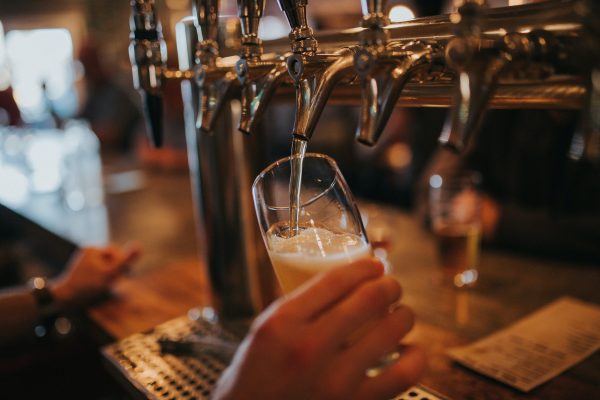
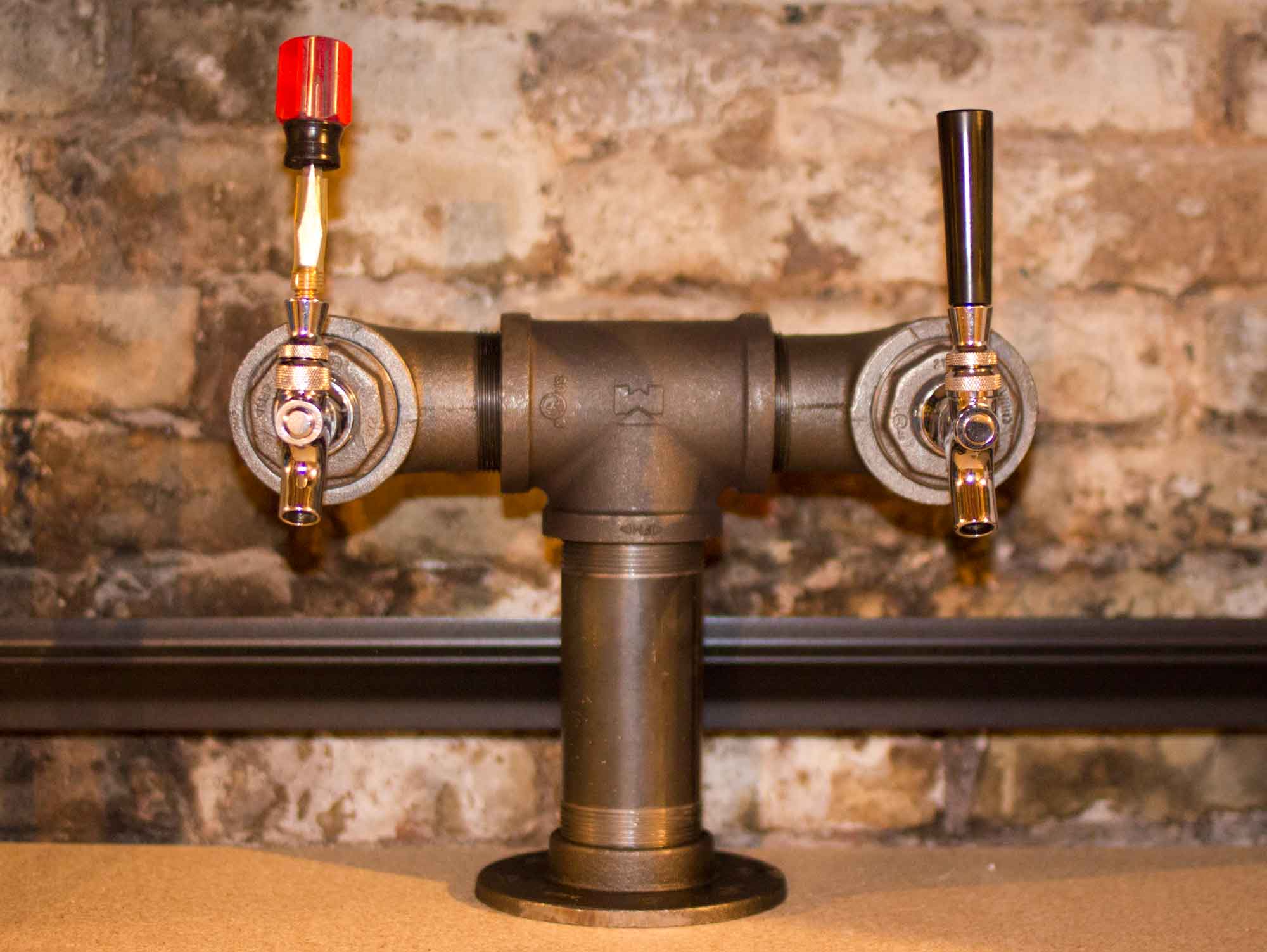
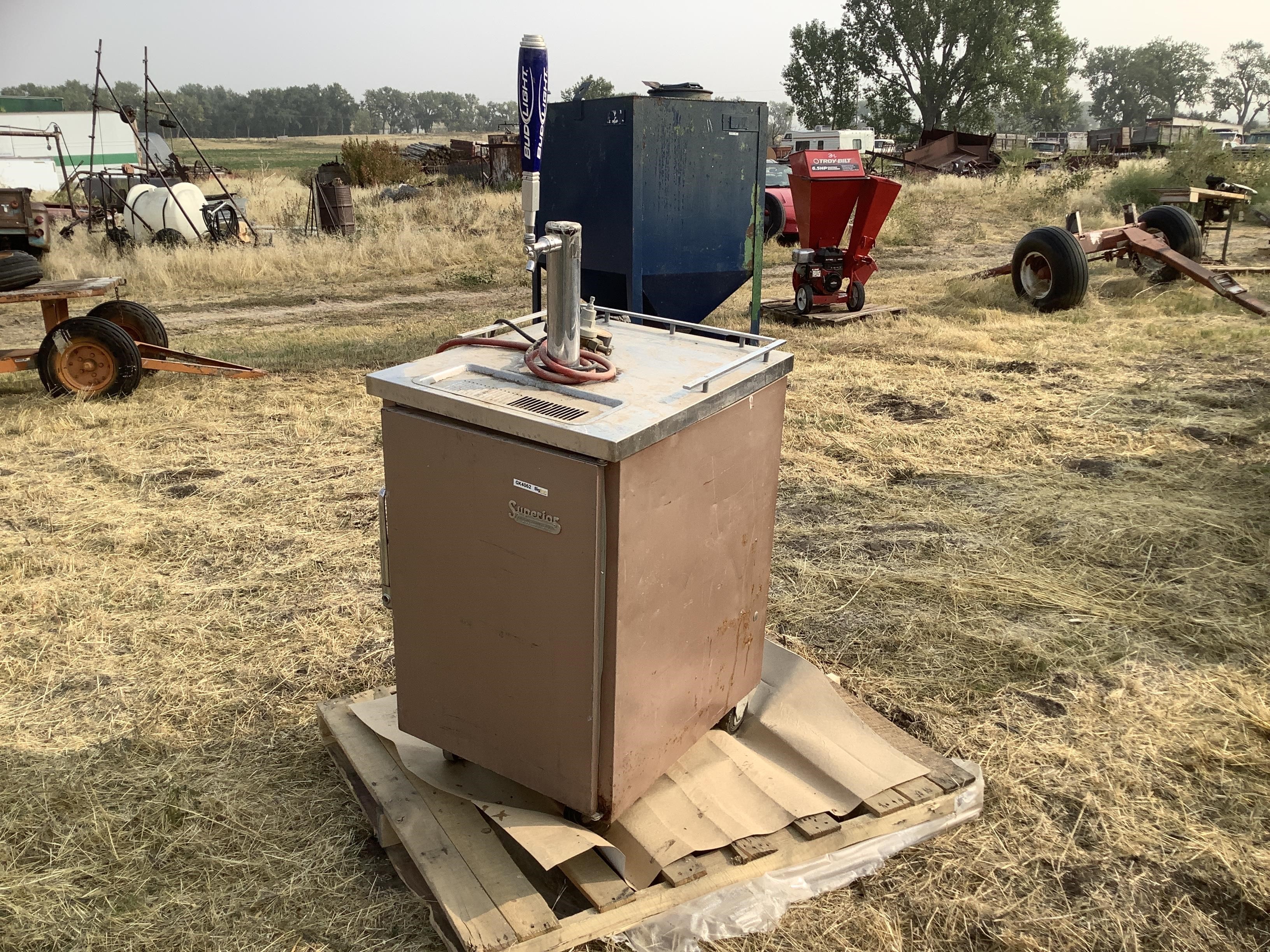
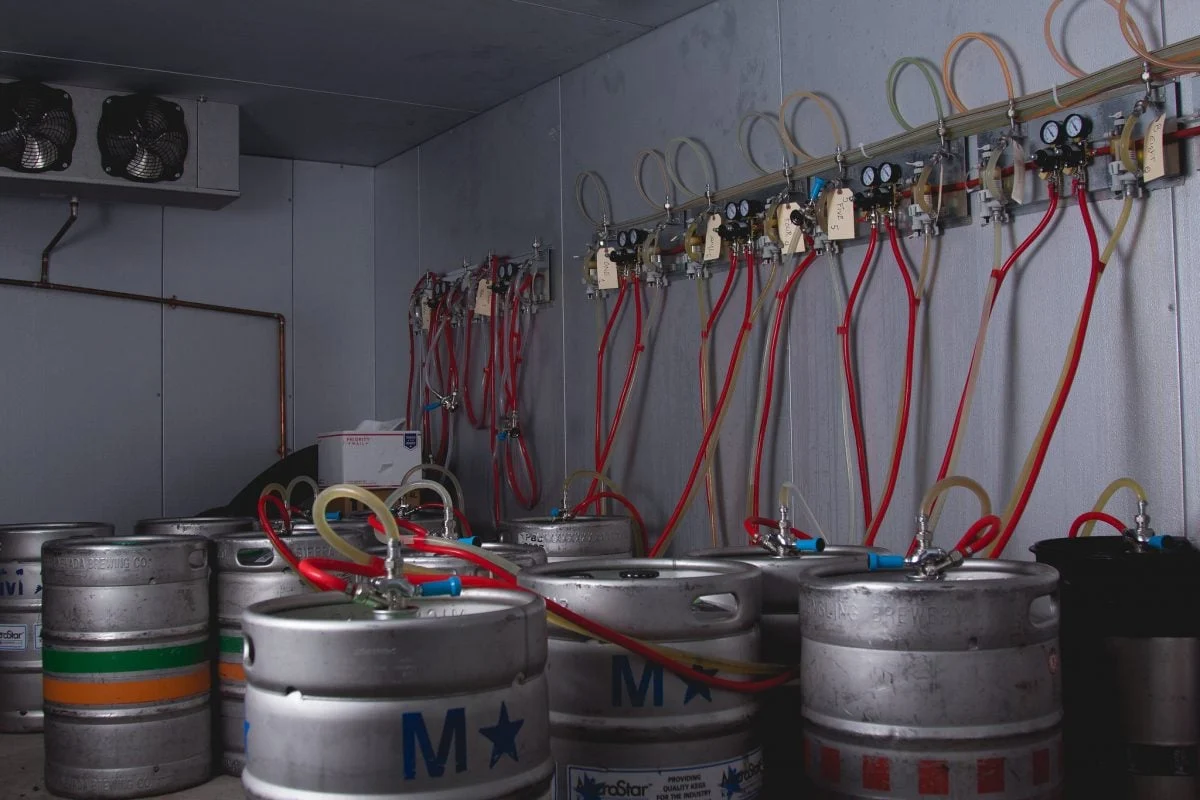
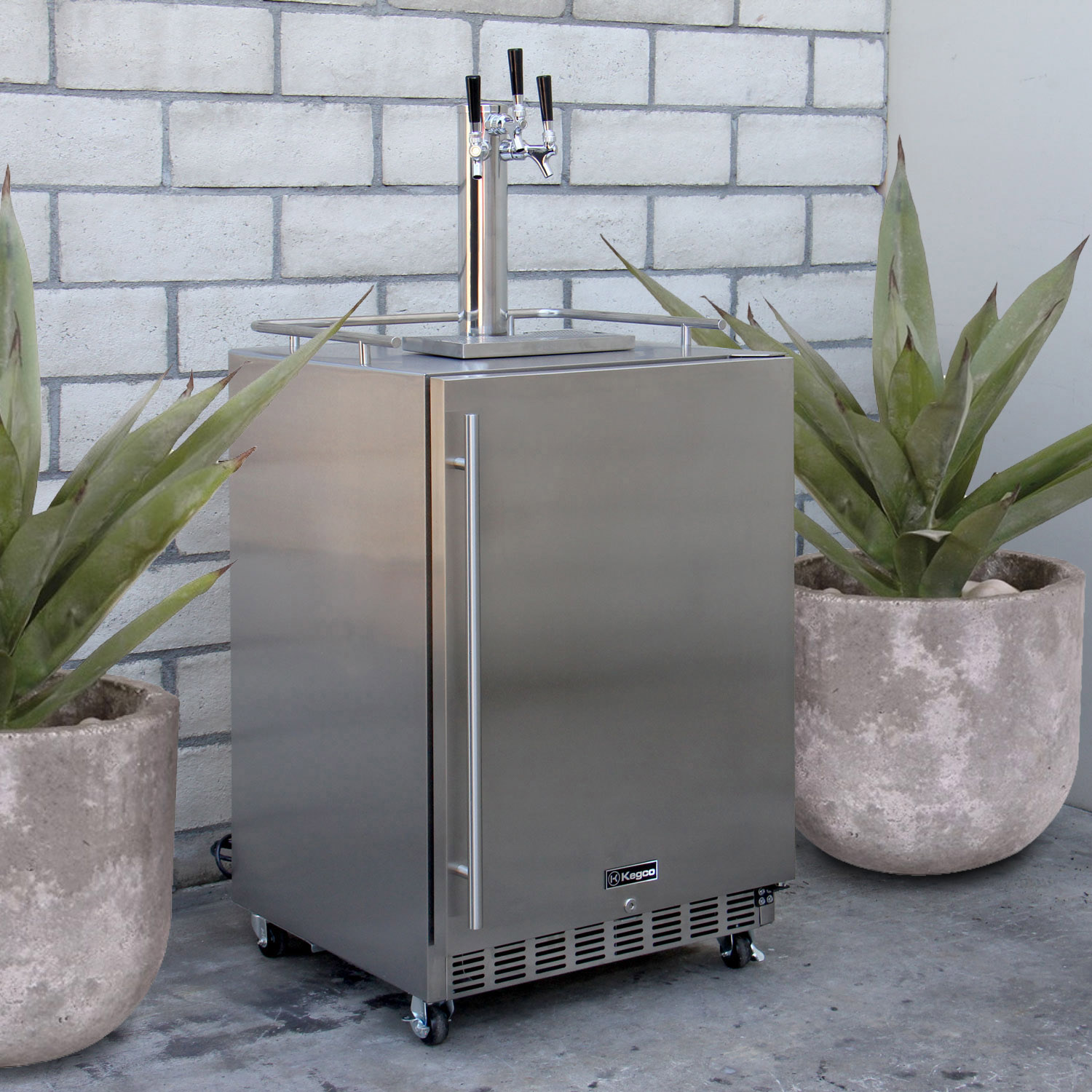
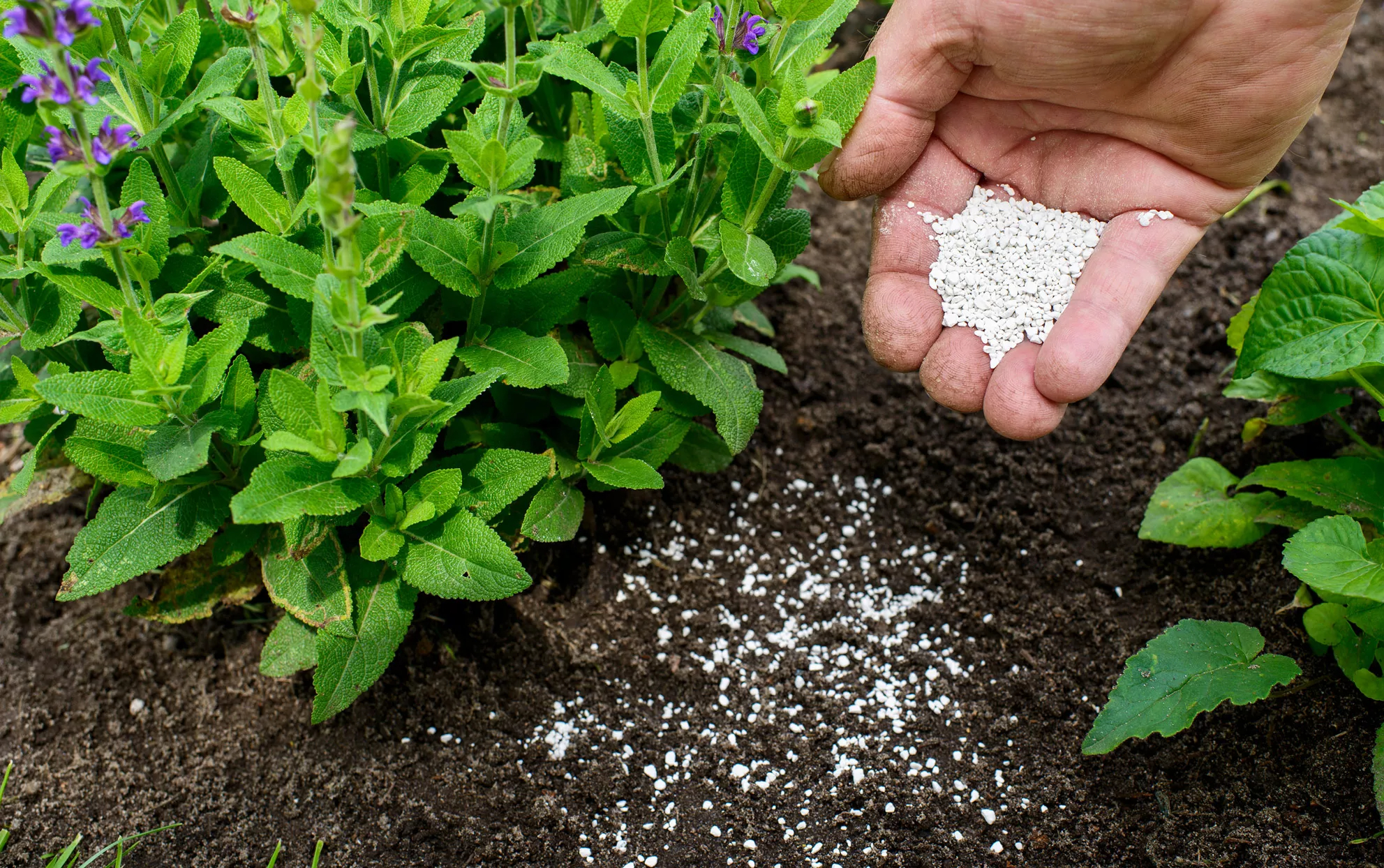
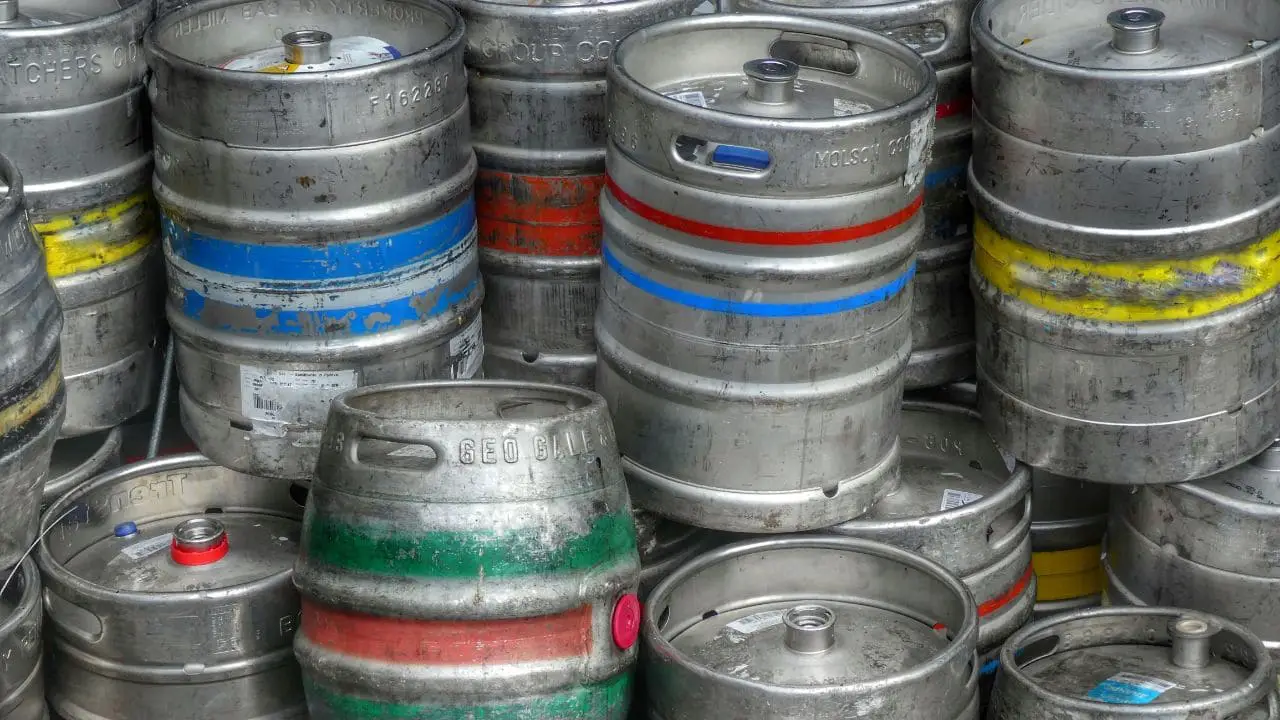
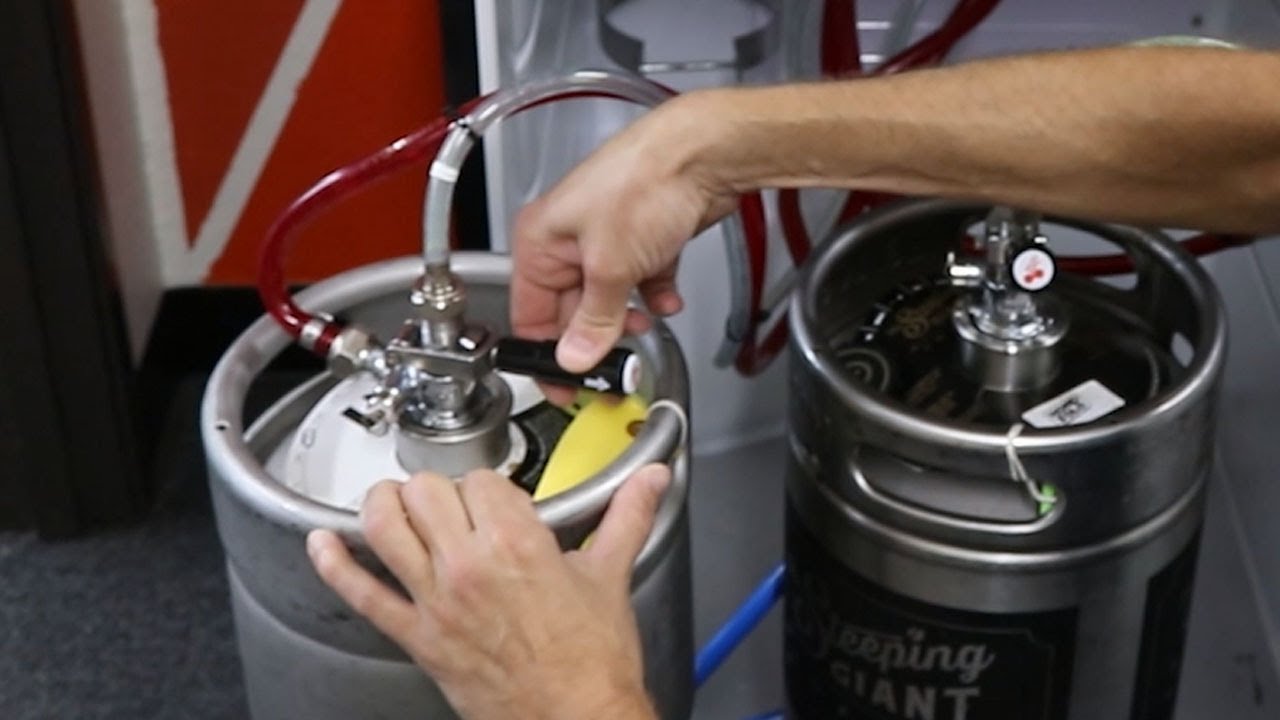
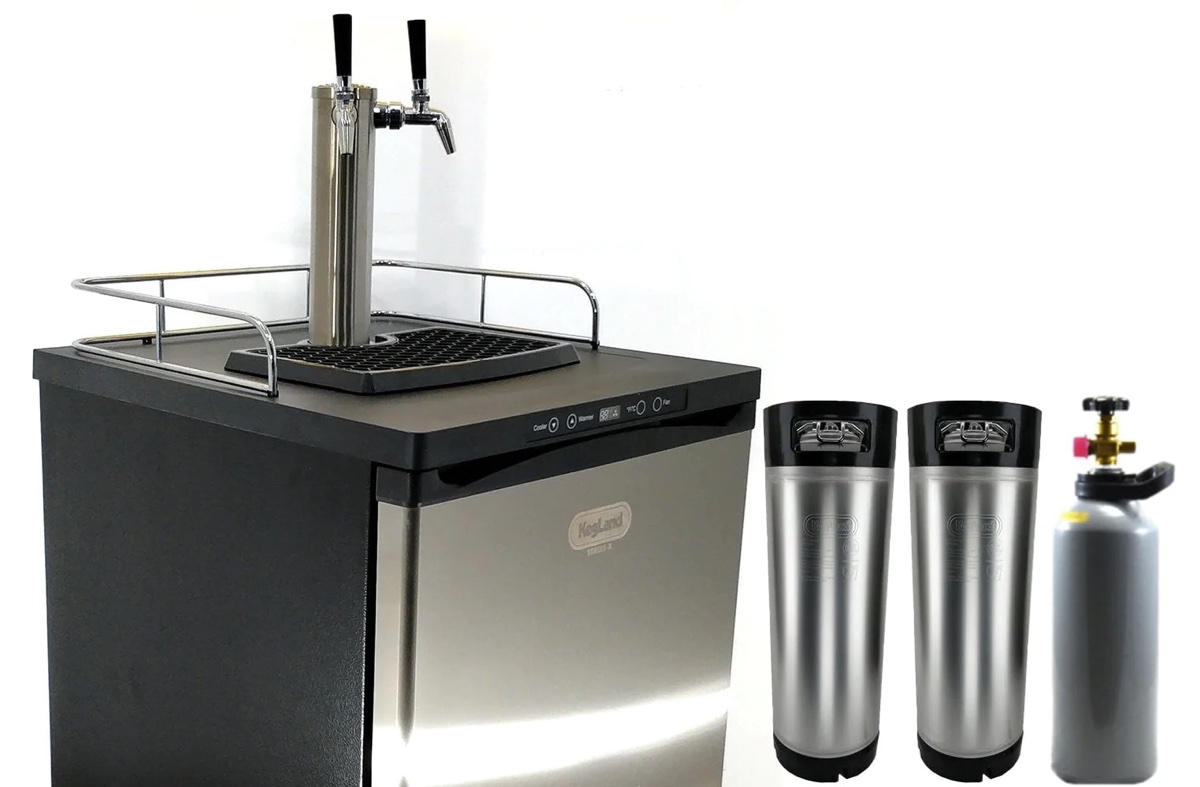
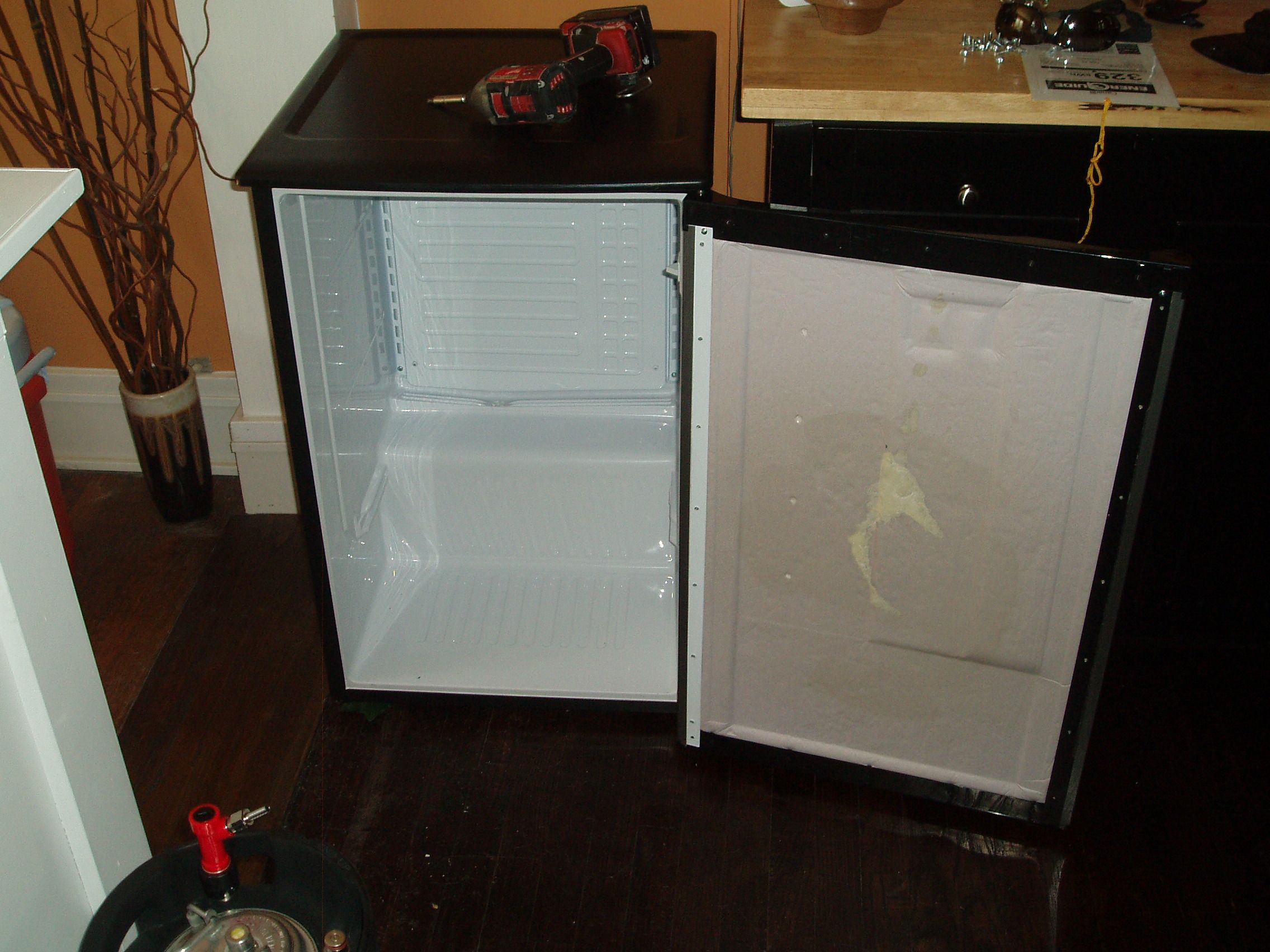
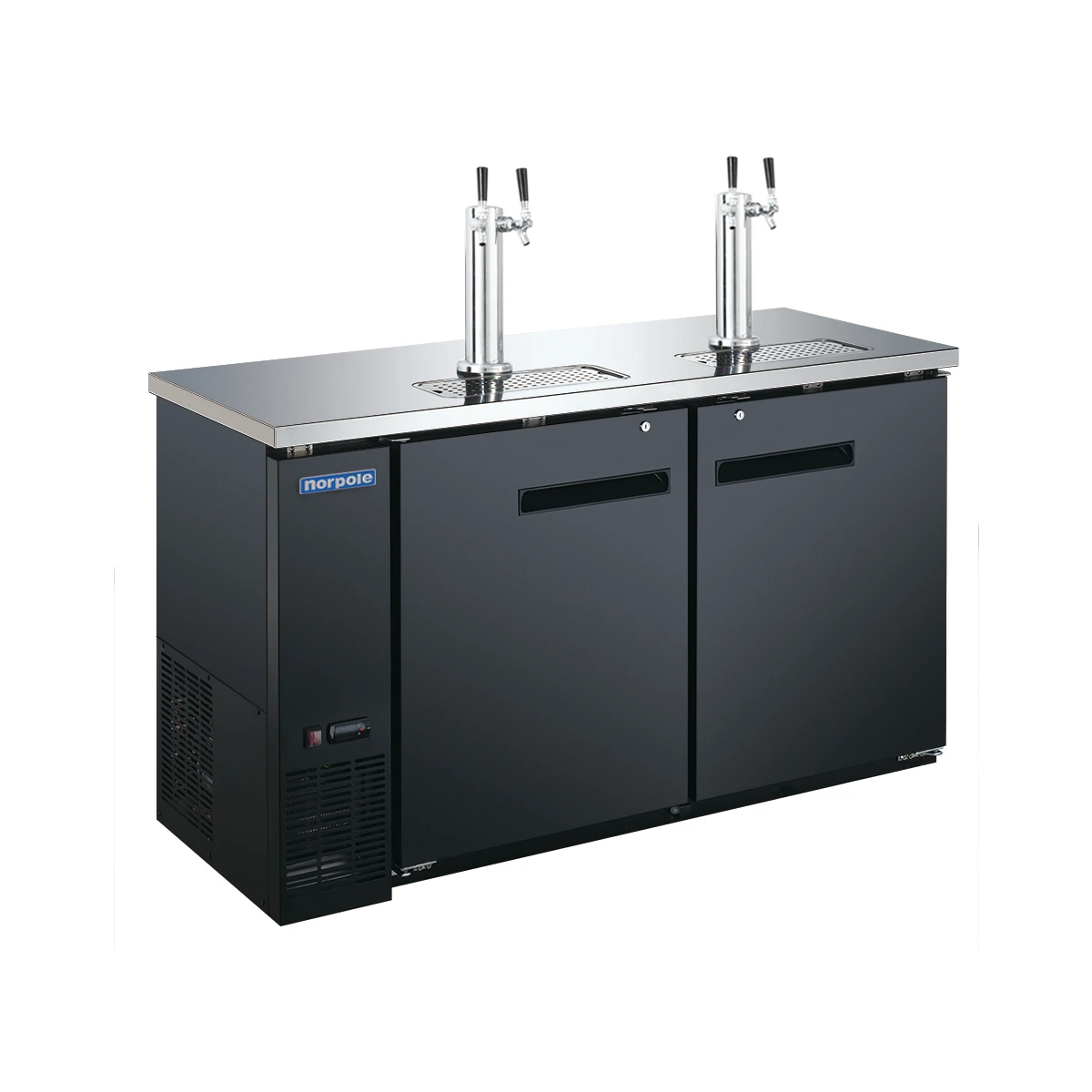
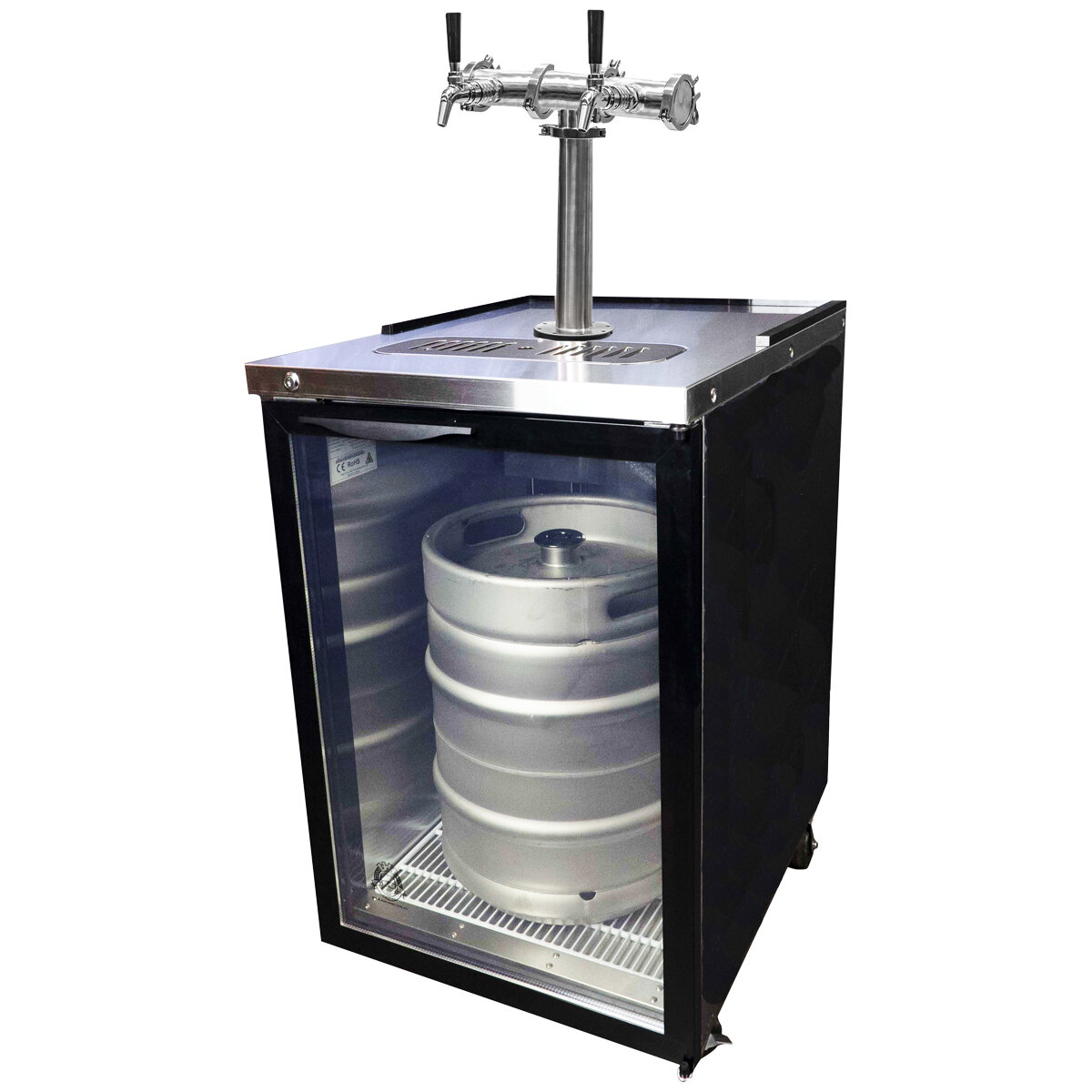
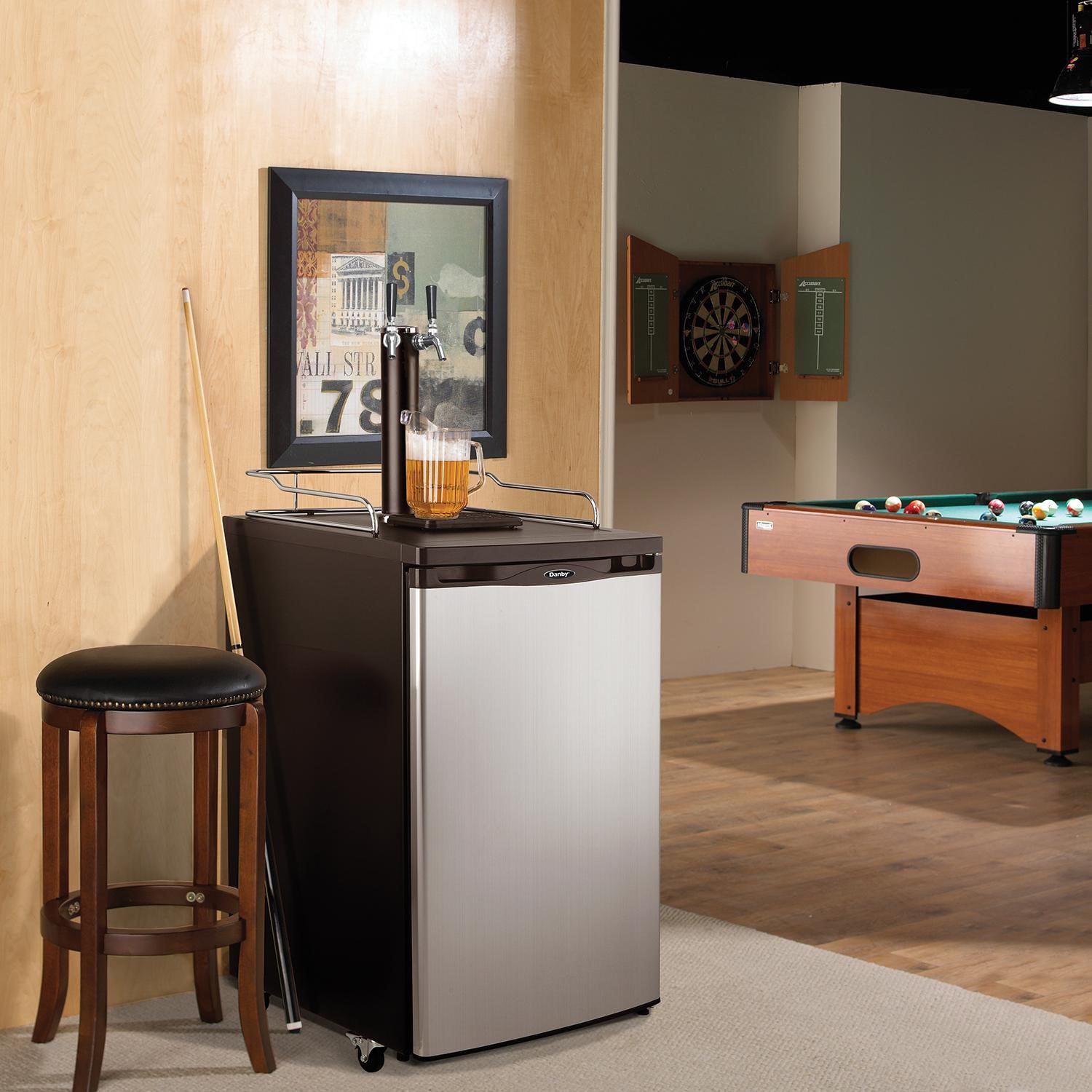


0 thoughts on “How Long Is A Keg Good In A Kegerator”